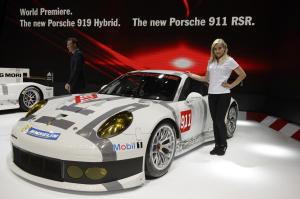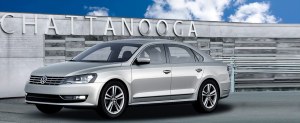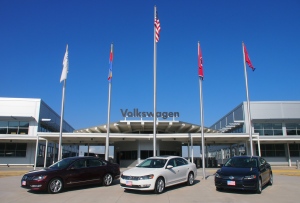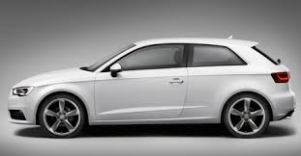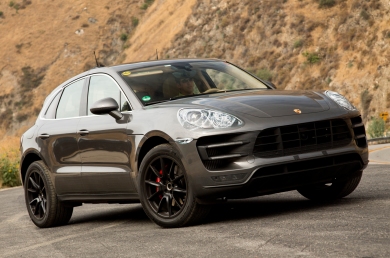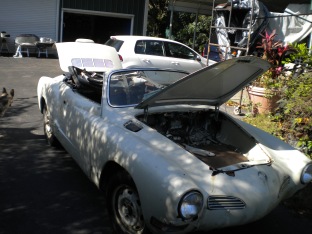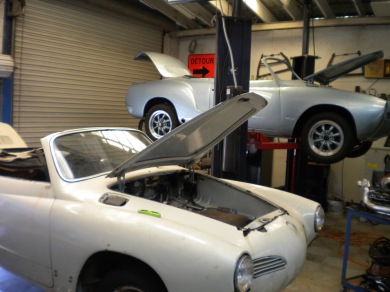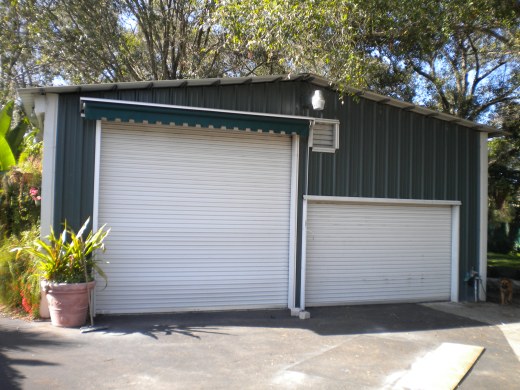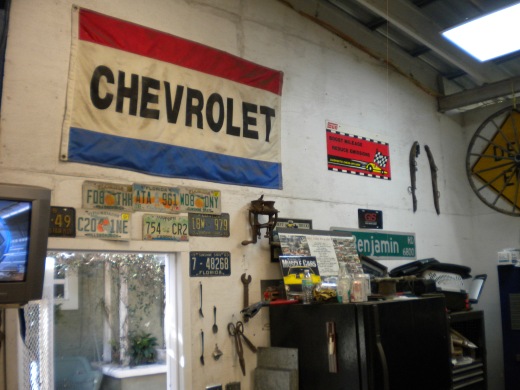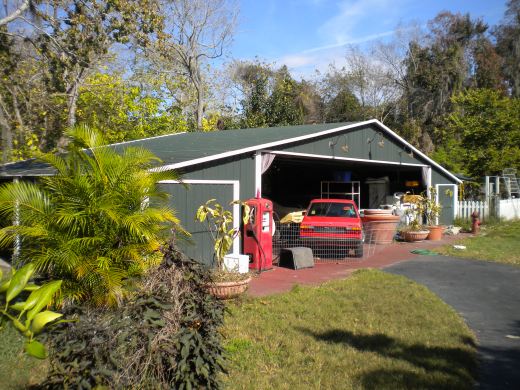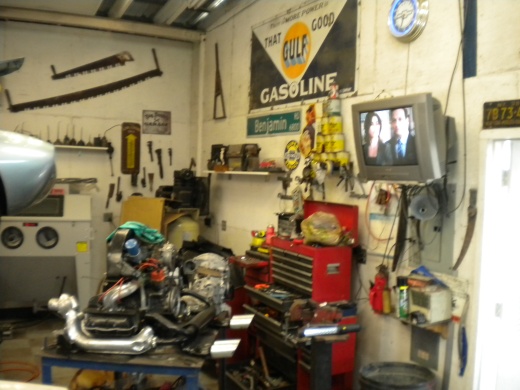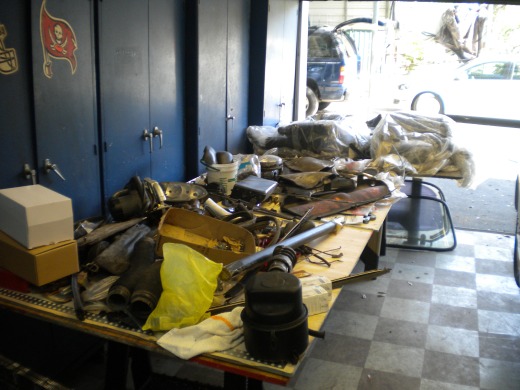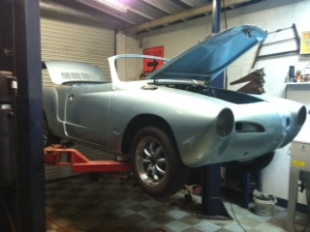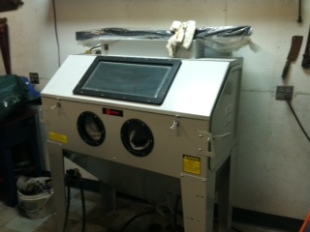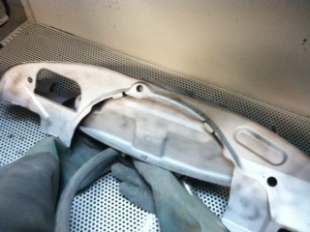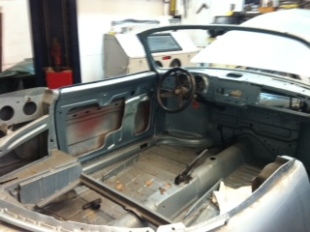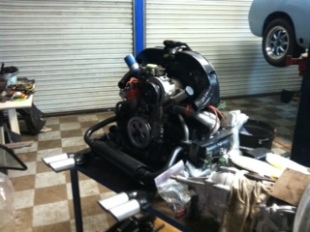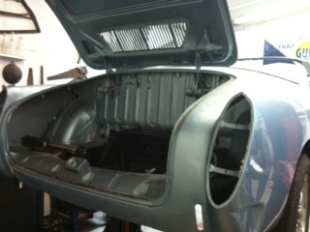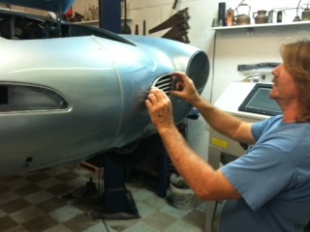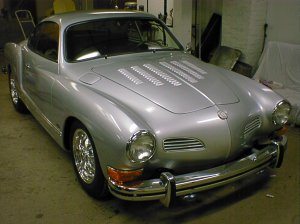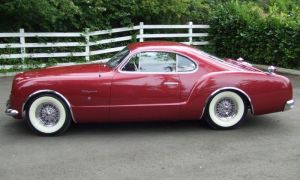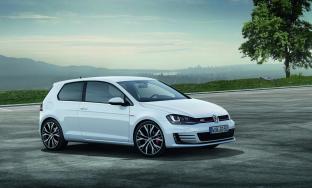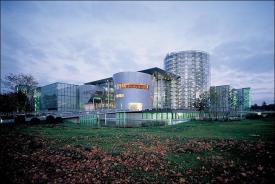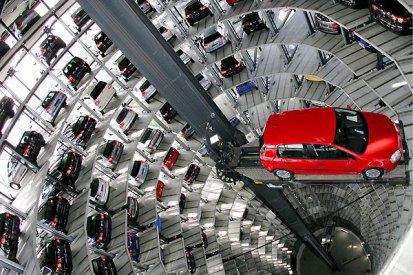 Originally held in 1905, the Geneva Motor Show is the premier international auto show. Much of this has to do with the beautiful setting of the show. If you’ve never seen pictures or been there in person, it’s worth checking out. Geneva is undoubtedly one of the most gorgeous cities in the entire world, laden with beautiful architecture and paradisiacal weather. Also adding to the locale’s appeal is the fact that Geneva ranks as one of the top ten richest cities in the world with a social scene that is rich with high end culture.
Originally held in 1905, the Geneva Motor Show is the premier international auto show. Much of this has to do with the beautiful setting of the show. If you’ve never seen pictures or been there in person, it’s worth checking out. Geneva is undoubtedly one of the most gorgeous cities in the entire world, laden with beautiful architecture and paradisiacal weather. Also adding to the locale’s appeal is the fact that Geneva ranks as one of the top ten richest cities in the world with a social scene that is rich with high end culture.
However, there is something else about the city that has led writer Paul Eisenstein to declare it as the perfect place for an auto show. He says, “In a word ‘neutrality’…Other major shows, however hard they try, typically lean a little bit backwards for their local manufacturers, or at least those who dominate the local market, whether Paris, Frankfurt, Tokyo, Detroit, or LA. Not in Geneva, where space and position are not influenced by national identity.”
This national nepotism has certainly played a role in this year’s award season. Back in January, there was a ton of criticism and backlash when the Detroit Auto Show ended up naming two GM vehicles as the car and truck of the year. Of course, it didn’t help that the awards led to a major media whirlwind and public statements of praise from high government officials (people that are criticism magnets).
Refreshingly, these problems have fallen by the wayside at this week’s Geneva Motor Show. Nobody is talking politics and bailouts. Nobody is questioning motives for positive reviews and winning vehicles. Instead, everybody is enjoying the show and focusing on the innovation. Some of this year’s most talked about vehicles include:
1. The Porsche 911 RSR- this car has already gained a huge following, reaching near mythic proportions when it finished in both 1st and 2nd place at last year’s 24 Hours of Le Mans.
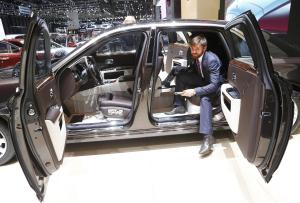 2. The 2015 Rolls Royce Ghost Series II- this larger than life luxury car is equipped with twin turbocharged V-12 engines, which soup up an amazing 565 horsepower. This engine allows it to go from 0-60 in just 4.8 seconds: pretty impressive for a luxury car. Adding to its appeal are the classic stage coach doors.
2. The 2015 Rolls Royce Ghost Series II- this larger than life luxury car is equipped with twin turbocharged V-12 engines, which soup up an amazing 565 horsepower. This engine allows it to go from 0-60 in just 4.8 seconds: pretty impressive for a luxury car. Adding to its appeal are the classic stage coach doors.
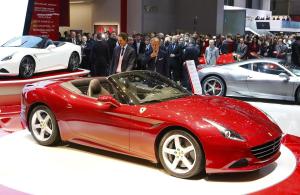 3. The Ferrari California T- making its official debut at this week’s show, the new stylish Ferrari is already turning heads. This car comes equipped with a canvas roof and carbon fiber rollover bars and clocks in at an astonishing 155 mph.
3. The Ferrari California T- making its official debut at this week’s show, the new stylish Ferrari is already turning heads. This car comes equipped with a canvas roof and carbon fiber rollover bars and clocks in at an astonishing 155 mph.
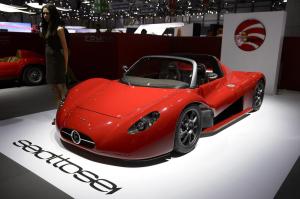 4. The Ermini Seittosei- this extremely lightweight (only 1500 pounds!) 2 seater is turning heads with its amazing power to weight ratio of 4.7 lb/hp. But don’t expect to see too many of these out on the streets. Reportedly, production will be limited to just 30 cars per year.
4. The Ermini Seittosei- this extremely lightweight (only 1500 pounds!) 2 seater is turning heads with its amazing power to weight ratio of 4.7 lb/hp. But don’t expect to see too many of these out on the streets. Reportedly, production will be limited to just 30 cars per year.
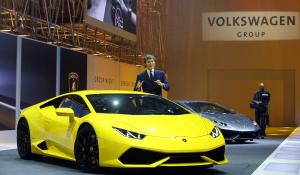 5. Lamborghini Huracan- Replacing last year’s all-time high selling Gallardo, the Huracan already has rich folks lining up to order the vehicle (700 have been requested so far). This year’s Lambo has new aluminum and carbon fiber components and can reach 202 mph! It is being priced at $233,000.
5. Lamborghini Huracan- Replacing last year’s all-time high selling Gallardo, the Huracan already has rich folks lining up to order the vehicle (700 have been requested so far). This year’s Lambo has new aluminum and carbon fiber components and can reach 202 mph! It is being priced at $233,000.
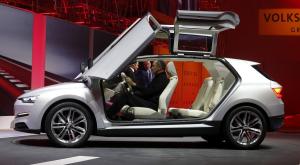
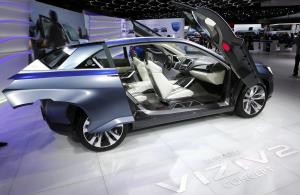 6. The Volkswagen Giugiaro Clipper and the Subaru Viziv 2- I am grouping these two cars together because they represent a new alternative door agenda in Geneva. With their vehicle, the Volkswagen has broken form tradition and has a door that opens upward. The Subaru, on the other hand, has a completely wild sliding door design. Very nice and very futuristic!
6. The Volkswagen Giugiaro Clipper and the Subaru Viziv 2- I am grouping these two cars together because they represent a new alternative door agenda in Geneva. With their vehicle, the Volkswagen has broken form tradition and has a door that opens upward. The Subaru, on the other hand, has a completely wild sliding door design. Very nice and very futuristic!

